Turning your head to the side and pulling your ear up and back is one common tactic for relief
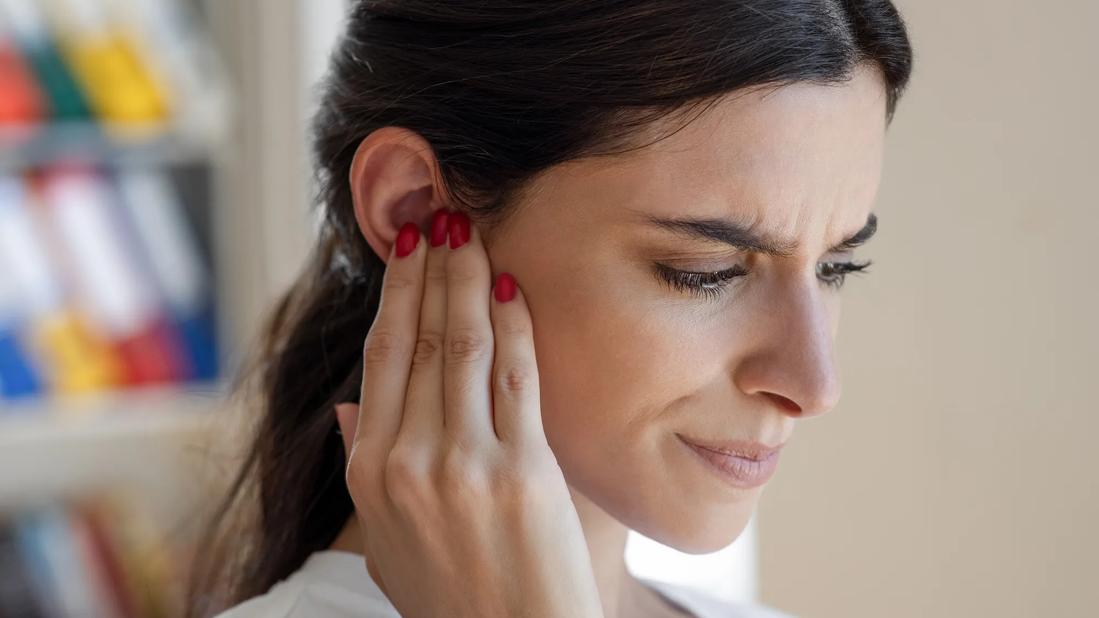
We’ve all done it before. You turn your head just right in the shower or dunk your head into the swimming pool a little too enthusiastically. Now you’re getting an earful. Of water, that is.
Advertisement
Cleveland Clinic is a non-profit academic medical center. Advertising on our site helps support our mission. We do not endorse non-Cleveland Clinic products or services. Policy
Most of the time, it’s uncomfortable for a moment. Then, the water trickles out and life goes on.
But every once in a while, that water seems determined to make a home for itself in your ear canal. And if it doesn’t get evicted, you run the risk of a gnarly infection.
We asked head and neck specialist Richard Freeman, MD, how water gets stuck in your ear, what to do about it and how to avoid it happening in the first place.
So, let’s dive in (carefully). We’ll start by sharing strategies for removing water. Then, once your ear’s nice and dry, we’ll take a bird’s-eye look at other important aspects like prevention, infection risk factors and what not to do.
Getting water stuck in your ear may be inevitable. Staying in there long term isn’t. Here are some common ways people remove stubborn moisture from their ears.
This is the method Dr. Freeman recommends first.
“The outer portion of the ear canal is cartilage. And it does move a little bit,” Dr. Freeman explains. “So, turning your head to the side and pulling up and back on your ear usually allows the water to run out.”
If pulling or jiggling your ear doesn’t do the trick, Dr. Freeman says using a hair dryer to fix the issue is a great next step. Just remember: Your ears are delicate. Keep the heat low or off. And keep the dryer far enough away from your outer ear that you aren’t going to burn your skin.
Advertisement
You may already use this technique to pop your ears. It’s almost like taking a plunger to the problem, minus the grossness. All you have to do is:
Chewing gum is a go-to method to prevent your ears from popping when you fly. It can also be a gamechanger if you’re struggling to get water out of your ear.
Your mouth and jaw muscles sit close enough to your eustachian tubes that moving them indirectly moves the tubes, too. That motion can make the tubes open and close, pushing the trapped water out.
No gum? No problem! Try yawning, instead.
If water is trapped in your ear behind a wall of earwax, you may not get relief from the techniques we’ve reviewed so far. But that doesn’t mean you can’t deal with it at home.
Dr. Freeman recommends cleaning out your ear canal with an ear dropper filled halfway with a 3% hydrogen peroxide solution. It’s a textbook way to remove built-up earwax. All you have to do is:
If you look at a diagram of the human ear, you might be surprised that water gets caught in there at all. Where exactly is it going? And why doesn’t it just drip out?
“It’s the ear canal that’s filling up with water when you submerge yourself,” explains Dr. Freeman. “The water molecules stick together, creating a curve called a meniscus. And thanks to surface tension, the water just sits there.”
Getting water stuck in your ear isn’t usually painful. But it could make you uncomfortable. Common symptoms include:
Generally speaking, a little water getting into your ears isn’t a problem. But it can become a problem if it sits there for a long time. That’s because the water is frequently contaminated, especially if it comes from a river, lake, ocean or poorly maintained pool.
“Your ear is warm and dark,” he continues. “And now, you have the presence of bacteria in a place where it can grow. So, you have all the ingredients for a petri dish, which can lead to otitis externa — also known as swimmer’s ear.”
Anybody can get water stuck in their ear from time to time. But Dr. Freeman says it’s most likely to happen in situations, like swimming or bathing, where your head is fully submerged.
Advertisement
There are a few things that raise your risk of getting water stuck in your ear canal. Some are within your control, but many aren’t. Those risk factors are:
Advertisement
There are lots of great ways to get trapped water out of your ear. But there are also plenty of ways to make the problem worse. Here are the most common strategies you should avoid:
Most of the time, getting some water in your ear isn’t a big deal. But the following symptoms are always a sign that it’s time to call a provider:
It could be that the water in your ear has caused an infection. It could also be that something’s going on in your inner ear and making it feel full. Either way, you need medical attention.
If you made it this far, you’ve probably been on a journey. One you’d rather not go on again.
The best way to do that? Keep your ears dry. Dr. Freeman recommends using earplugs or bathing caps whenever you submerge your head in water. It’s a quick and easy way to keep your ears healthy and happy.
Advertisement
Learn more about our editorial process.
Advertisement

You can find sweet relief by swallowing, yawning and doing specialized maneuvers

Yes, ear pain can result from seasonal allergies, causing even more issues

Ear plugs, bathing caps, hydrogen peroxide and hair dryers can all help keep ears clean and dry
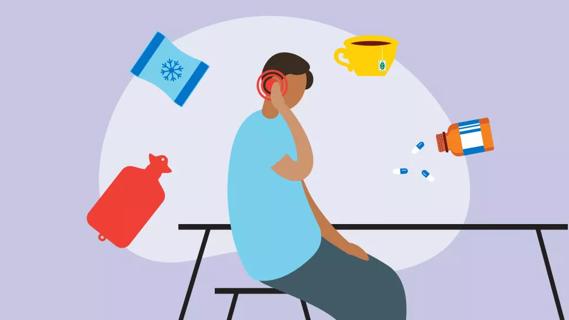
Not all ear infections need antibiotics — cold and warm compresses and changing up your sleep position can help
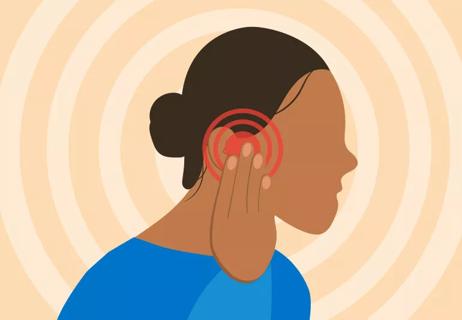
Ear infections can be painful, but essential oils may make the problem worse
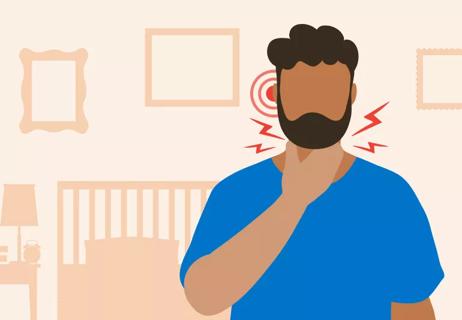
Throat and ear pain that lasts more than four weeks deserves serious attention
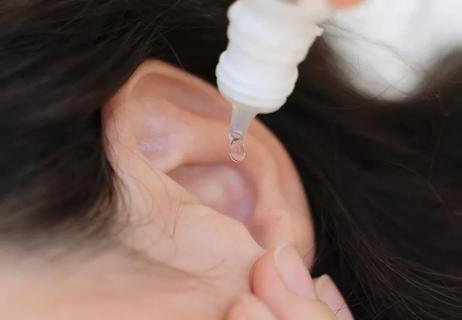
How to find a fix for the itch
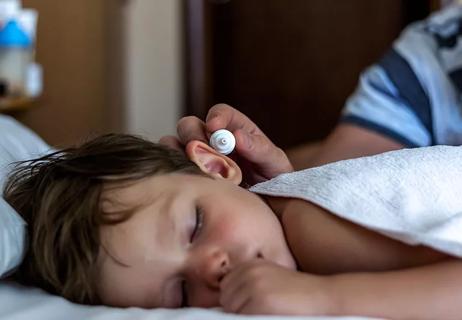
And two remedies to avoid at all costs

Babies can get congested easily, but you can calm their cough by keeping them hydrated, using nasal drops and running a humidifier

Weight loss may cause loose, sagging skin and muscle loss to your rear

Several conditions, like vitiligo and fungal infection, can cause a loss of pigmentation, leading to white spots or patches on your skin